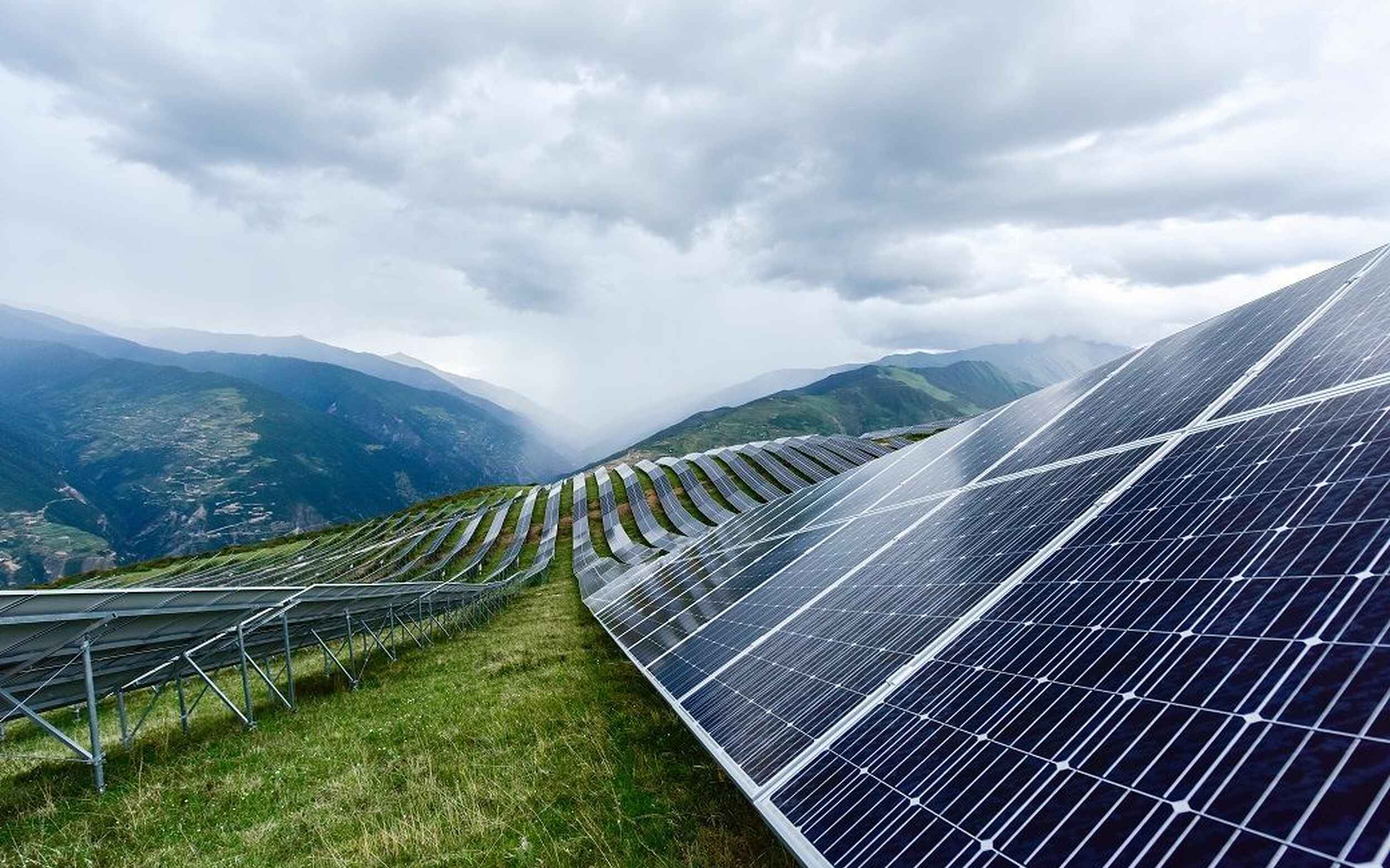As international developers of utility-scale renewable energy, we find the query "how much of China's energy is renewable" to be one of the most critical questions in the global energy transition. The answer is a paradox of scale: China is, simultaneously, the world's undisputed leader in renewable energy deployment and the world's largest consumer and builder of fossil fuel infrastructure, particularly coal.
To answer this question accurately, we must first make a critical technical distinction: the difference between installed capacity (in Gigawatts, GW) and actual generation (in Terawatt-hours, TWh).
Capacity (GW): This is the maximum potential output of a power plant. It is a measure of infrastructure.
Generation (TWh): This is the actual amount of electricity produced over a period. It is a measure of energy.
This distinction is the key to understanding China's energy profile and answering the question with the precision it deserves.
The Data: China's Renewable Energy by the Numbers
From a capacity standpoint, China's progress is staggering. As of the end of 2023, China's total installed renewable capacity (including solar, wind, hydro, and biomass) surpassed 1,516 GW. This is a major milestone, as it means renewable capacity now accounts for over 50% of the nation's total installed power capacity for the first time.
However, the more practical answer for a semi-experienced enthusiast lies in actual generation. Because solar and wind are intermittent (they do not operate 24/7) while coal plants can run continuously, the generation figures are different.
In 2023, renewable sources accounted for approximately 31.8% of China's total electricity generation.
While ~32% may seem lower than the 50% capacity figure, this 32% represents a colossal volume of energy. China generates more electricity from renewables than any other nation on Earth—in fact, its renewable generation is greater than the total electricity generation of Europe.
The "renewable" classification is broad. From our professional perspective, it is essential to disaggregate the sources. China's renewable portfolio is dominated by three main technologies.
For decades, hydropower was the backbone of China's renewable ambitions. This sector is dominated by massive, state-run, utility-scale projects, including the Three Gorges Dam, which stands as the world's largest power station by installed capacity (22.5 GW). While the construction of such mega-dams has slowed, hydropower remains a foundational component of China's baseload renewable generation, providing stable, non-intermittent clean power that helps balance the newer, more variable sources.
China's growth in solar photovoltaics (PV) can only be described as exponential. The nation is, by a massive margin, the world's largest producer and deployer of solar panels. In 2023 alone, China installed more solar PV capacity than the entire United States has in its history. This is driven by aggressive state policy and a manufacturing sector that dominates the global supply chain, driving down costs and enabling deployment at an unprecedented scale, from massive desert solar farms to distributed rooftop systems.
Alongside solar, wind power is a key pillar of China's modern energy strategy. The nation leads the world in installed wind capacity, with vast onshore wind farms, particularly in the northern provinces. In recent years, China has also dramatically accelerated its offshore wind sector, viewing it as a critical resource for powering its densely populated coastal cities. This technology has matured rapidly, with Chinese manufacturers now producing some of the largest and most advanced turbines in the world.
A semi-experienced enthusiast will correctly point out that China is also building new coal plants. This seems contradictory, but from our technical perspective, we see it as a core part of a state-level energy security strategy.
China's energy demand is still rising. Unlike in many Western nations where new renewables are built to replace old fossil fuel plants, in China, renewables are being built primarily to meet new demand. Coal plants are retained and even built to ensure this rising demand is always met.
Coal is a domestically available, non-intermittent resource. It provides a stable "baseload" that the grid can rely on 24/7, which is crucial for an industrial-heavy economy. This is seen as a critical buffer against global energy price shocks and geopolitical instability.
The sheer speed of China's renewable build-out has created immense technical challenges. In some regions, there is more renewable capacity than the grid transmission lines can handle, leading to a problem known as curtailment (where wind turbines and solar panels are intentionally shut down). The new coal plants are, in part, a stabilization measure for this new, high-variable grid.
Our Expert Conclusion
To answer the query directly: Renewable energy now accounts for over 50% of China's total installed power capacity and provides approximately 31.8% of its actual electricity generated as of 2024.
From our perspective, China is executing a dual-track strategy. It is investing more in renewables than the rest of the world combined, viewing it as the clear future of energy. Simultaneously, it maintains a heavy reliance on coal as a pragmatic, if carbon-intensive, tool for economic stability and energy security as it manages the largest and most rapid energy transition in human history.
Resources
Ember: https://ember-climate.org/countries-and-regions/regions/asia/china/IEA (International Energy Agency): https://www.iea.org/countries/chinaReuters: https://www.reuters.com/business/energy/chinas-renewable-energy-capacity-share-exceeds-50-nea-2023-07-31/
